METALUDIOS (2018)
The role of the performer-composer has had an enormous importance in piano literature. It is unnecessary to enumerate the quantity and quality of works emanating from this symbiosis throughout history. As a performer, addressing the repertoire with which I feel close is always a need and a source of satisfaction. As a composer, each blank page reveals a new space in which to experiment and express myself artistically. Giving birth to new piano repertoire is a huge challenge, given the immense body of great works behind me. Despite this, I firmly believe that there is still a lot of territory to discover.
The Metaludios are relatively short works grouped in books of six pieces. The word Metaludio is derived from the prefix meta-, “beyond” and the suffix -ludio, from the Latin ludēre, “to play”, “to exercise”. When coining this word, I tried to encompass these pieces beyond the usual preludes, interludes, etc. I have tried to give each Metaludio its own character, with distinguishing features that define its identity and differentiate it from the next. The titles give them away, sometimes because of the underlying scientific process, sometimes because of a mythological story behind, a tribute to a specific artist, or simply because of a sound resource that develops and grows in complexity.
As usual in my compositional language, I combine scientific and mathematical elements with musical trends towards which I feel special affinity. The former includes the use of fractals, number theory, cellular automata, analysis of the harmonic spectrum, psychoacoustics, etc. The latter concerns elements of the spectralist movement, electroacoustic, and inside-the-piano techniques. These procedures provide me with musical raw material with which I model the work, but always from the perspective of the performer. For me, pianistic comfort and ergonomics are of vital importance when composing for the instrument.
I believe that we can embrace without prejudice the artistic material of the past—the familiar, the known—and merge it with the technological tools at our disposal. It is not about breaking or denying tradition, but about extending and expanding the sound possibilities of the instrument in order to discover new piano landscapes.


